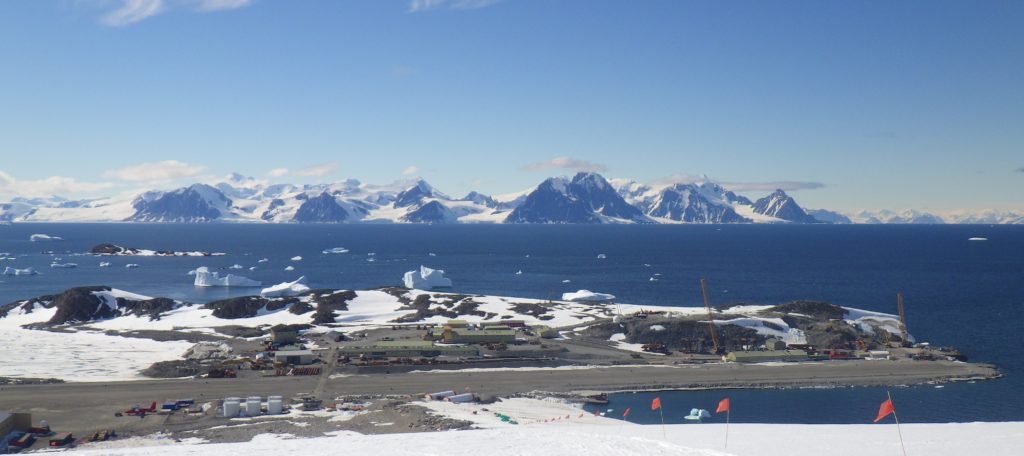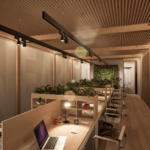News - Construction News
Discovery Building planned for the Rothera Research Facility

A partnership of the British Antarctic Survey, BAM Construction, and Hugh Broughton Architects are celebrating the 200th anniversary of the first sighting of Antarctica by the British naval officer Edward Bransfield by constructing a new research building named the Discovery Building at the Rothera Research Facility.
Going into further detail, the Discovery Building at the Rothera Research Facility will cover two-storeys over a total area of 4,500sq m and will accommodate preparation areas for field expeditions, a central store, medical facility, offices, recreational spaces, workshops and areas for plant.
The Director of the Antarctic Infrastructure Modernisation Programme at the BAS, Jon Ager stated: “This is an exciting milestone in a long-term plan to modernise Rothera Research Station. Once built, this new facility will enhance significantly our operational support to deep-field science campaigns.”
Construction of the new building will be completed in 2023 and the building itself will be of a high environmental and sustainability standard, with the assessment criteria having been created by the environmental consultancy firm Ramboll.
The Project Director of the BAM Construction partnership, Graham Hopper commented: “It is a privilege for all those involved, and testament to the hard work of all the partnership team, to be breaking ground for this state-of-the-art building, on this significant anniversary for the continent. The team takes great pride in being able to support BAS in continuing its pioneering science research so we can better understand our planet.”
The Director of Hugh Broughton Architects, Hugh Broughton added: “This cutting-edge facility will support scientists who are investigating the impacts of climate change on our planet as we race to find solutions which will support our future. We are thrilled to be part of a dynamic team working with BAS to deliver the project, which will mark another important step in the development of the architecture of Antarctica.”
If you would like to read more articles like this then please click here.
Related Articles
More News
- Homes England acquires Ripon Barracks from MOD
3 Jul 25
Homes England has acquired land at Ripon Barracks which will be developed into 1,300 new
- University joins forces to address critical construction and housebuilding skills gap
2 Jul 25
The University of Salford is collaborating with Cube Thinking to support Barratt Homes in bridging the shift in skills requirements.
- Merit Appointed to NHS Shared Business Services Modular Building Framework
1 Jul 25
Merit is pleased to announce its successful appointment to the NHS Shared Business Services (NHS SBS)






